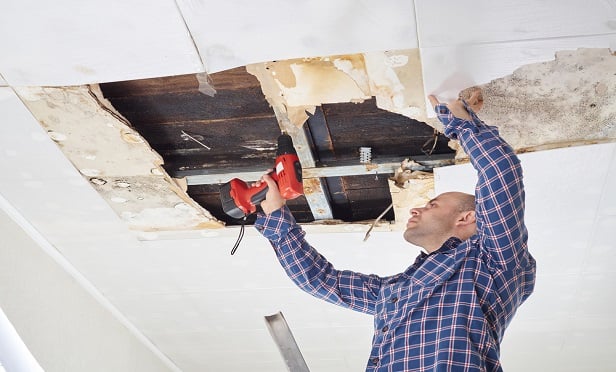 Ensuring that a structure is thoroughly dried prevents future mold growth and additional expenses for insurers. (Photo: Shutterstock)
Ensuring that a structure is thoroughly dried prevents future mold growth and additional expenses for insurers. (Photo: Shutterstock)
There is a prevailing belief that it should only take a knowledgeable contractor three or four days to dry a structure. While it is possible to dry a structure in that timeframe, it is extremely rare to do so. Just because someone tells you it is dry does not mean it is. Just because some materials are dry, does not mean all of them are dry. Is it possible that you are being told only a portion of the truth?
Recommended For You
Want to continue reading?
Become a Free PropertyCasualty360 Digital Reader
Your access to unlimited PropertyCasualty360 content isn’t changing.
Once you are an ALM digital member, you’ll receive:
- Breaking insurance news and analysis, on-site and via our newsletters and custom alerts
- Weekly Insurance Speak podcast featuring exclusive interviews with industry leaders
- Educational webcasts, white papers, and ebooks from industry thought leaders
- Critical converage of the employee benefits and financial advisory markets on our other ALM sites, BenefitsPRO and ThinkAdvisor
Already have an account? Sign In Now
© Touchpoint Markets, All Rights Reserved. Request academic re-use from www.copyright.com. All other uses, submit a request to [email protected]. For more inforrmation visit Asset & Logo Licensing.







